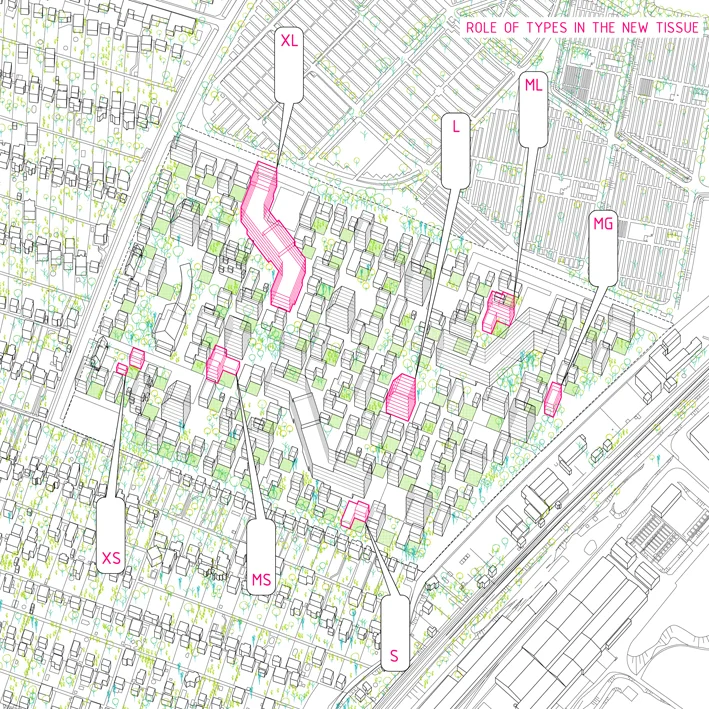A common situation that I encounter is a homeowner who has unintentionally (or intentionally) completed home renovations without a required building permit. In other situations, a homeowner has purchased a home they think to be in compliance with building codes, and has even passed inspection, only to discover later that the home has unpermitted work from prior owners. Sometimes they don’t know the severity of the issue until they receive a letter from the city listing the violations and informing them of the violation fees, which can be as high as $800 per month.
I can help you to analyze the situation and determine an appropriate course of action to bring the home into full compliance. Each case is unique, but often includes some additional work to correct what was done incorrectly.



















